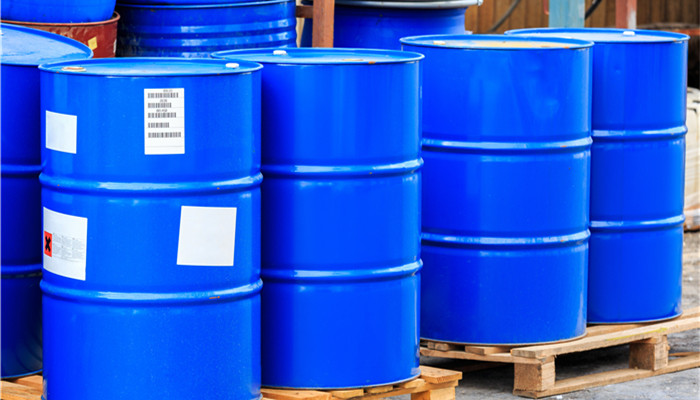
Antimony glycol is a new type of polyester catalyst and the market has broad room for development.
Antimony glycol is an organic antimony compound with the chemical formula Sb2(OCH2CH2O)3. It appears as colorless to light yellow crystals. It is non-toxic and odorless. It is easily soluble in ethylene glycol and decomposes easily when exposed to moisture.
Antimony glycol is a new type of polyester catalyst, mainly used in polyester polycondensation reactions. Compared with other polyester catalysts such as antimony trioxide and antimony acetate, it has a higher antimony content and better activity. It can be passed through antimony Ions accelerate the catalytic reaction, thereby shortening the polyester production time and improving production efficiency; moreover, its impurity content is low, and new impurities will not be introduced during the catalytic reaction, which can effectively improve the processing quality and improve the spinnability of post-processing. In recent years, relying on various advantages, antimony ethylene glycol has gradually replaced antimony trioxide, antimony acetate and other catalysts as the mainstream catalyst required for polyester production, and market penetration has continued to increase.
According to the “China Antimony Glycol Market Monitoring and Future Development Prospects Research Report 2023-2027” released by the Industrial Research Center , Polyester mainly refers to polyethylene terephthalate (PET), which is an engineering plastic with excellent performance and can be used to prepare polyester fiber, polyester bottle flakes, polyester film, polyester filament, and polyester short filament. , polyester industrial yarn, etc., with a wide range of applications. In 2022, my country’s polyester production capacity will exceed 70 million tons, a year-on-year increase of more than 5%. Currently, against the background of the continuous increase in domestic polyester production capacity, the demand for antimony ethylene glycol continues to increase, the output continues to increase, and the industry shows good development prospects. According to data from the Antimony Industry Branch of the China Nonferrous Metals Industry Association, the total output of antimony glycol by major domestic enterprises in 2022 will be 11,879 tons.
From the production side, antimony ethylene glycol is currently mainly prepared using the antimony trioxide method, which is produced by reacting antimony trioxide and ethylene glycol under high temperature and vacuum conditions. Among them, antimony trioxide is a key raw material for the production of antimony glycol. According to data from the Antimony Industry Branch of the China Nonferrous Metals Industry Association, the total output of antimony trioxide by major domestic enterprises in 2022 will be 95,202 tons. Overall, the development of my country’s ethylene glycol antimony industry is favored by the sufficient supply of raw materials and has a good foundation for development.
After development in recent years, my country has gradually become one of the major producers of antimony glycol in the world. While domestic products satisfy the Chinese market, they are also exported to Central Asia, Southeast Asia and other countries, and the market demand is huge. Domestic antimony glycol manufacturers mainly include Yunnan Muli Antimony Industry, Guangxi Huakai Fine Chemicals, Changsha Yexing Antimony Industry, Zhejiang Shangyu Lixing Chemicals, Liaoyang Synthetic Catalyst, Yiyang Huachang Antimony Industry, Wuxi Zhengmao Chemicals, etc.
Industry analysts said that antimony ethylene glycol is an important type of polyester catalyst with antimony With the advantages of high content and low impurity content, it can effectively improve production efficiency during reactions. It has now replaced traditional catalysts such as antimony trioxide and antimony acetate and has become the mainstream product in the polyester catalyst market, with broad market demand. At the same time, thanks to the sufficient supply of raw materials, my country has become the world’s main producer of antimony glycol, and the overall development trend of the industry is positive.

 微信扫一扫打赏
微信扫一扫打赏

